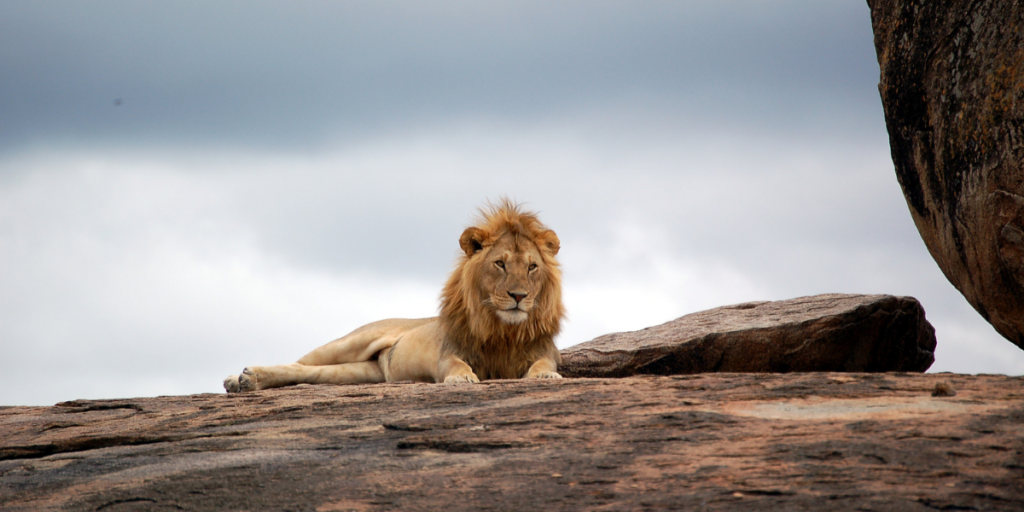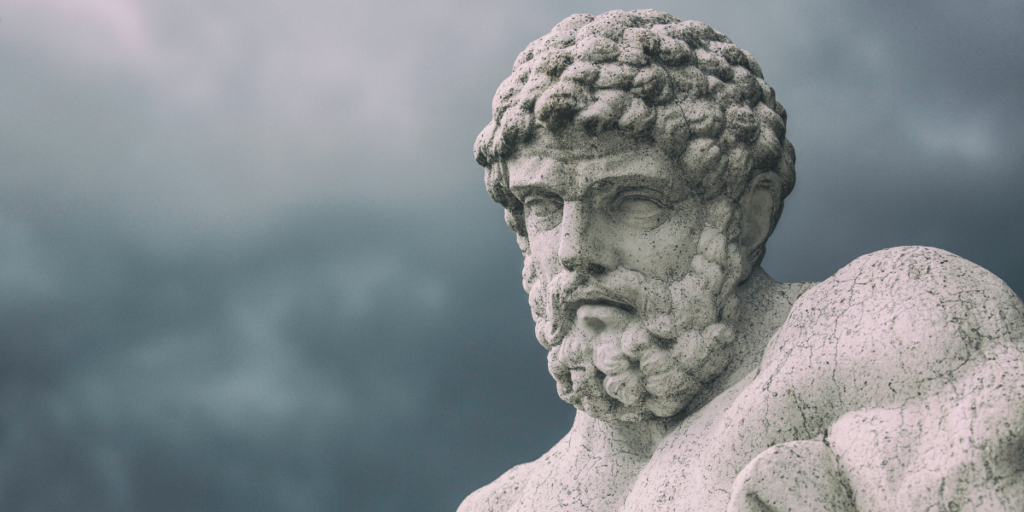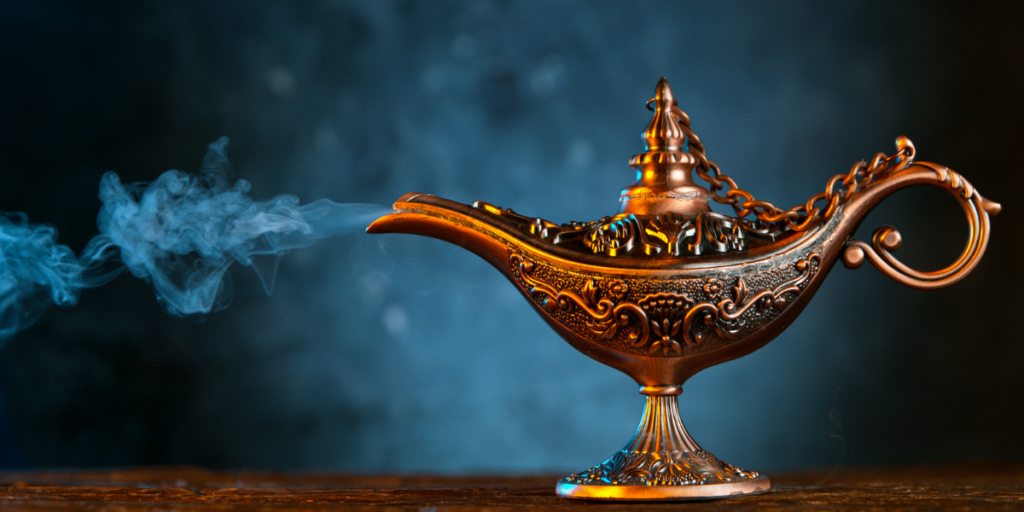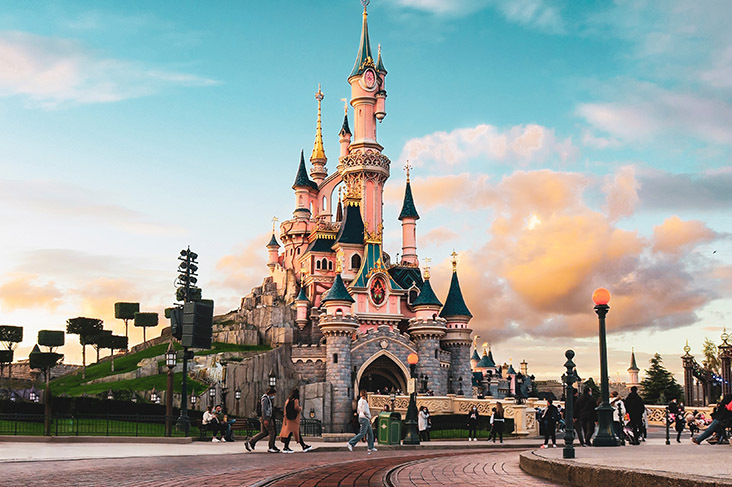Disney has used mythology as a springboard to create many animated movies. Myths and legends have been an inspiration for the writers of the company, often using them as the basis of their scenarios. In this blog post, we’re going to explore 10 Disney movies based on mythology.
One of my favorite Disney creations is the character of Scrooge McDuck. Carl Barks penned down the infamous, super-rich character for Walt Disney back in the 1940s. Soon, plenty of writers used the caricature of the business magnate to outline numerous adventures.
But what I find interesting beyond his stereotypical frugality and misery trademark is the way he gained his wealth, as well as his backstory.
Why?
Well, he’s the quintessential mythological hero!
Don Rosa wrote “The Life and Times of Scrooge McDuck”. A 12-story series detailing the rise and fall of the infamous adventure capitalist. In these chapters, we see the monomyth unfolding.
A young man, naive but ambitious, embarks on a journey across the world. We see our hero slowly gaining experience. Most importantly, we notice the psychological transformation.
The depth and layers of this mythological epic were surprising, to say the least. Concepts like hubris and nemesis, the unknown, the divine intervention jump out of the comic strips.
Perhaps Scrooge deserves his own post. But my point is that Disney always sought out these kinds of characters, dipped into the mechanics of Homeric literature and ancient mythology.
Soon, I began noticing this pattern in every Disney project.
In some cases, it was blatantly obvious that they were pastiching certain myths!
Let me give you a few examples.
1. The Lion King

The Lion King is a story about betrayal, friendship, and the power of unity. Most importantly, it’s a coming of age film, based on the journey of Simba and his coronation to King of the Jungle.
But underneath the beautiful animations, the catchy songs, and the talking jungle animals, there’s a deeper narrative at play:
The Myth of Osiris.
Egyptian cosmogony finds footing in the plains of Pride Rock, and each character is a one to one representation of the Egyptian Pantheon.
- Mufasa is Osiris
- Scar is Set
- Simba is Horus
- Rafiki is Thoth
- Nala is Isis
- The Hyenas are Annubis and Wepwamet
There are multiple instances where the writers hint at the similarities between the Lion King and the Solar Cult.
The Circle of Life and Ma’at, the betrayal of Scar, the spirits of Simba’s ancestors and the double crown of Horus, etc.
If you want an in-depth analysis, I invite you to check out this post.
2. Hercules

Well, this is self-evident!
Disney takes one of the most famous Greek heroes and adds its own spin to his mythology.
We observe how the demi-god fulfils his destiny by undergoing training with Philoctetes. Eventually, he goes through with the infamous twelve labours.
Not only that, he fights the Titans, primordial beings preceding the Olympians, and saves Megara from Hades’ underworld.
While the film diverges from classical Greek mythology, the essential themes are intact. The psychological transformation of the hero remains at the center of the plot.
3. Aladdin

One of the highest-grossing Disney films, Aladdin borrows its plot from Arabic folklore, “The Book of One Thousand and One Nights” or “Arabian Nights”.
While the original story takes place in “somewhere in China”, the essence remains the same. A young man stumbles upon a powerful artefact containing two Djinns; powerful beings that can allegedly grant you three wishes.
He uses the lesser Djinn to help his mother. Eventually, the more powerful spirit emerges from the mystical lamp and gives him power and wealth.
Without spoiling the rest of the story, we see a lot of the common mythological concepts regarding power, free will, and retribution.
Disney did a great job of creating an entertaining version of it, albeit not without a handful of inaccuracies.
4. Peter Pan
Ah, everyone knows this rascal, right?
Peter Pan is the symbol of eternal adolescence. The inability to grow up and mature is both a blessing and a curse.
While Barrie’s character seems unique, if we consider the name of his character we’ll find the key to his origins!
Pan was a God in ancient Greek mythology. You don’t hear much about him these days, but at one point the Cult of Pan was quite popular in the Mediterranean area.
He was a satyr, frequently playing the flute and seducing innocent women into the forest.
The second half of Peter Pan’s name is the half of him that’s still one with nature. Unfettered by civilization, he retains the childish, yet solipsistic behavior of a little kid that doesn’t obey social conventions. Not even gravity!
5. The Black Cauldron

Admittedly, a controversial movie that’s hard to digest, I still find it inexplicably interesting.
It’s based on the Prydain Chronicles, a mythopoeic saga that’s heavily influenced by Welsh mythology.
While we don’t have first-hand knowledge of the stories and myths of Celtic Birttons – mainly because they relied on oral tradition – we do have some information from Druids and priests from the medieval era.
You can find more about Celtic mythology here.
6. Fantasia
This symphonic panorama best encapsulates how Disney infused its stories with myths.
Each part of it is a quick overview of different theological and mythological perspectives. We begin with the more abstracted philosophy of creation, often encountered in Easter religions.
But we quickly return to the animistic, Celtic tradition, where nature reigns supreme as the fairies and creatures of the forest dance frantically.
Fantasia was developed as an extended film of “Sorcerer’s Apprentice”, i.e. Mickey Mouse. A zealot, a beginner magician dabbling with powers beyond his control, the message of Shelley’s titular work Frankenstein, as well as the Hebrew Golem, echoes throughout this segment.
Then we have a rundown of Greek and Roman mythology with Zeus, Apollo, and Bacchus making their appearance.
Without getting too much into details, Fantasia ends with a revelatory resolution embedded in Christian theology that unites all these rhizomatic religions.
7. Frozen
I just realized that Frozen first came out 9 years ago! Feeling old yet?
I still remember how quickly it became a cultural phenomenon. A movie that has been in the making for nearly 50 years, Frozen relies heavily on the mythology of the “Snow Queen”, first put to paper by Hans Christian Andersen.
But that story is dipped in a cultural and mythological context, mainly that of Norse pagan mythology.
Concepts like the Wild Hunt, the world of Niflheim, and the archetypal Witch looking to take over the world.
The songs are very catchy too…
Disney and Folktales
You’ve already noticed that a lot of the examples are part of folklore traditions. Indeed, Disney’s foray into animation was through taking the most famous children’s tales and putting them on screen.
1. Snow White and the Seven Dwarves
The first Disney animation that put the company on the map. The story is based on Grimm Brothers’ work but the roots go back to ancient Greek Mythology and the myth of Chione, recorded in Ovid’s Metamorphoses.
Yet, we encounter a version of this tale in every single country in Europe.
2. Beauty and the Beast
Another successful hit, Beauty and the Beast was the first animated movie to be nominated for an Oscar.
Its mythological origins go back to the story of Eros and Psyche.
3. Mulan
The heroine is Hua Mulan, a protagonist in the traditional Chinese folktale. Legend says that she took the place of her father in the army, earning the admiration of the generals and Emperor.
Some historians argue that she might have been a real historical figure.
4. The Little Mermaid
Mermaids are a staple mythological creature across cultures. The Little Mermaid seems to be borrowing themes from Greek mythology, mainly Triton, son of Poseidon and God of Mermaids.
5. Tangled
Rapunzel is steeped in mythological references.
The “Maiden in the Tower” is a common trope in proto-Indo-Europeans religions. From the Baltic Solar Goddess Saule to Ethinu in Irish mythology, as well as Perseus’ mother, Princess Danae.
But we’re only scratching the surface. Disney has produced dozens of short films based on folklore tales, mainly part of the Silly Symphony series.
Honorary Mentions
- Little Red Riding Hood
- Puss in Boots
- Cinderella
- The Ugly Duckling
- Three Little Pigs (Silly Symphony)
- The Tortoise and the Hare (Aesop’s fables)
- Giantland (inspired by Jack and the Beanstalk)
The Disneyfication of Mythology
Disney movies are infamous for taking raw material and refining it to the point it’s palpable for all ages.
The issue is that… well, life isn’t always sunny!
One of the purposes of mythology is to reveal the dark side of the human psyche. The same problem occurs with fairy tales, where their original versions were much more “adult”.
In any case, I’m fine with a little editing here and there as long as the main themes and narratives of mythology remain at the core of the story.
After all, there’s always poetic license when it comes to creativity.
What’s your opinion?
Do you think Disney movies are a good representation of mythology and the Hero’s Journey or are they’re diluting the essence of our sacred traditions?
